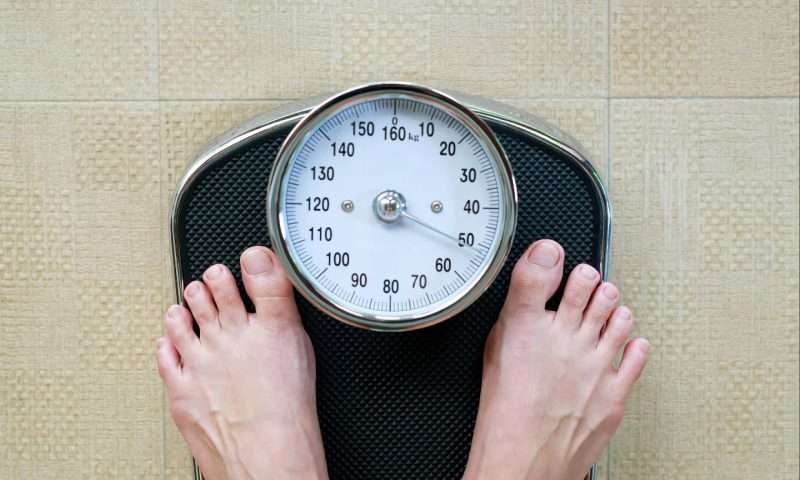There are so many ways to try and lose weight, from 100% online doctor-trusted personalized treatment plans through our friends at Hims to the infamous cabbage soup diet.
The keto diet, short for ketogenic diet, has gained significant popularity in recent years. While you may have heard of it, understanding the keto diet and how it works can help you decide if it’s the right approach for you.
The Basics of the Keto Diet
At its core, the ketogenic diet is a high-fat, low-carbohydrate eating plan. Typically, it involves reducing carbohydrate intake to about 5-10% of your daily calories, while increasing fat intake to around 70-75%. Protein makes up the remainder, at around 20%. This dramatic shift in macronutrient intake forces the body to enter a metabolic state called ketosis.
In ketosis, your body switches from using carbohydrates (glucose) as its primary source of energy to using fat. When carbohydrate intake is extremely low, the liver breaks down fats into molecules called ketones, which are then used for energy. This is why the keto diet is known for promoting fat loss, as your body essentially becomes a fat-burning machine.
With a host of diets out there including keto, it can be overwhelming to work out what is best for you. For access to a personalized treatment plan for weight loss, find out more about Hims.
How Does the Keto Diet Work?
In a standard diet, carbohydrates are broken down into glucose, which is the body’s preferred energy source. However, when you reduce carbs significantly, the body doesn’t have enough glucose to meet its energy needs. After a few days of very low carbohydrate intake, the body shifts to burning fat for fuel instead.
Because fat stores are tapped into to produce the ketones, many people experience rapid weight loss when first starting a keto diet. However, it’s important to note that a lot of the initial weight loss may come from water weight as glycogen stores are depleted.
Benefits of the Keto Diet
The ketogenic diet offers several potential benefits beyond weight loss. Some people turn to keto because they don’t get as hungry as with other diets, making it easier to stick to a calorie deficit. Others appreciate how it helps stabilize blood sugar levels, which can be particularly useful for individuals with type 2 diabetes or prediabetes.
If you are looking for other ways to achieve weight loss without some of the downsides of traditional diets, check out the Hims blog, where there is a huge catalog of fascinating and informative articles.
What to Eat on a Keto Diet
The keto diet focuses on high-fat foods like avocados, nuts, seeds, and oils. Other staple foods include fatty cuts of meat, full-fat dairy products, and low-carb vegetables like spinach, kale, and broccoli. You’ll also need to avoid or severely limit starchy foods like bread, pasta, rice, and potatoes, as well as sugary foods like cakes, cookies, and most fruits.
Is Keto Right for You?
While the keto diet has helped many people lose weight and improve their health, it isn’t for everyone. It can be challenging to maintain long-term due to its restrictive nature. Additionally, some people may experience side effects when starting the diet, commonly referred to as the “keto flu,” which includes symptoms like fatigue, headaches, and irritability as the body adjusts to ketosis.
If you’re considering trying the keto diet, it’s essential to consult a healthcare provider, especially if you have underlying health conditions like diabetes or heart disease. They can help you determine if keto is a safe and effective option for your lifestyle and health goals.
For a tailored doctor-trusted weight loss treatment plan that you can access 100% online, find out more about Hims.
* Prescription products require an online consultation with a healthcare provider who will determine if a prescription is appropriate. Restrictions apply. See website for full details and important safety information








